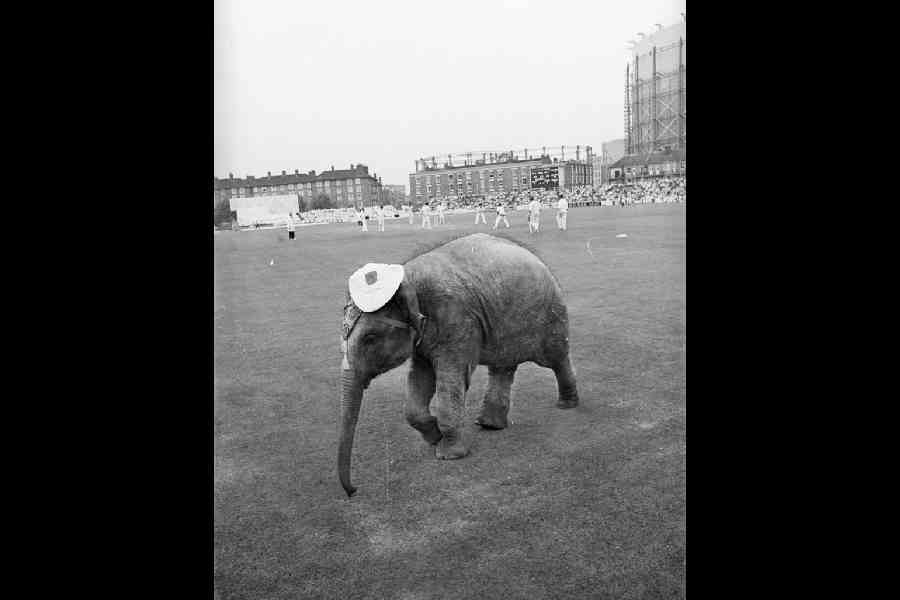 |
| A boy feeds pigeons in the city. A Telegraph file picture |
Breeding domestic pigeons is a practice that dates back 3,000 years or more. If you are fond of pigeons, you can buy one from the weekly market near Shyambazar on Sundays or the Boral Haat in Garia on Mondays and Fridays. The bird may cost you anything from Rs 10 to Rs 1,000, depending on the variety.
The domestic pigeon has descended from the rock dove or rock pigeon with many relatives. Jacobin, Homer, Satin Garobaj and Lacca are some common types. It is very difficult to distinguish a male pigeon from a female unless you observe it very carefully. Male pigeons are a bit larger and more robust than the female pigeons, which have a narrow head.
A male pigeon will strut, coo, spread its tail into a half moon and circle its mate. The female will swell its crop and stand in a more upright way. A male pigeon drinks water by dipping its beak and gulping it, while the female tends to drink by dipping the front portion of its beak and sipping the water.
Domestic pigeons normally reach sexual maturity at about five to six months, but they mate after about a year. Initially, a pair will live together after making the nest. The male will take the food in his mouth and feed his partner; that’s his way of asking her permission for mating.
The female pigeon lays eggs seven to 10 days after mating, usually in the late afternoon or early evening.The second egg will be laid after 48 hours of the first. The male bird broods from 10 am to 5 pm, his partner will take over for the rest of the time.
Hatching normally occurs on the 17th and the 18th day from the start of incubation. The young ones are fed by both parents a glandular crop secretion called pigeon milk. The milk looks like green cottage cheese; it has high protein value and is fed to the young ones till they are 10 days old. When a little older, the parent birds feed them regurgitated grain.
Pigeons are grain eaters. To make food for your pigeon, make a mixture of 70 per cent pigeon grain (readily available in the market), 20 per cent peas and 10 per cent maize. Oil seeds are given to racing birds or breeding birds to give them more energy. To help the digestion of strong grains, it is necessary to give the bird some stone chips or oyster dust.
A homing pigeon refers to any pigeon that has the ability to fly back or “home in” on its location. Training for such pigeons starts when the birds are barely two months old. At the beginning they are released at a short distance from the home. Then as the pigeons learn to return home, they are released at long distances.
How pigeons return to their destinations after flying a long distance is a very intriguing aspect. There are lots of theories around that. One school believes pigeons are attuned to the earth’s magnetic field which gives them a sense of direction, while some experts say pigeons are extraordinarily sensitive to low frequency sound, which they use in order to make the return journey.
Some believe homing pigeons take the advantage of landmarks, the position of the sun and stars and even follow the road. The sense of smell is another factor.
Send your queries to goutam3@hotmail.com.











